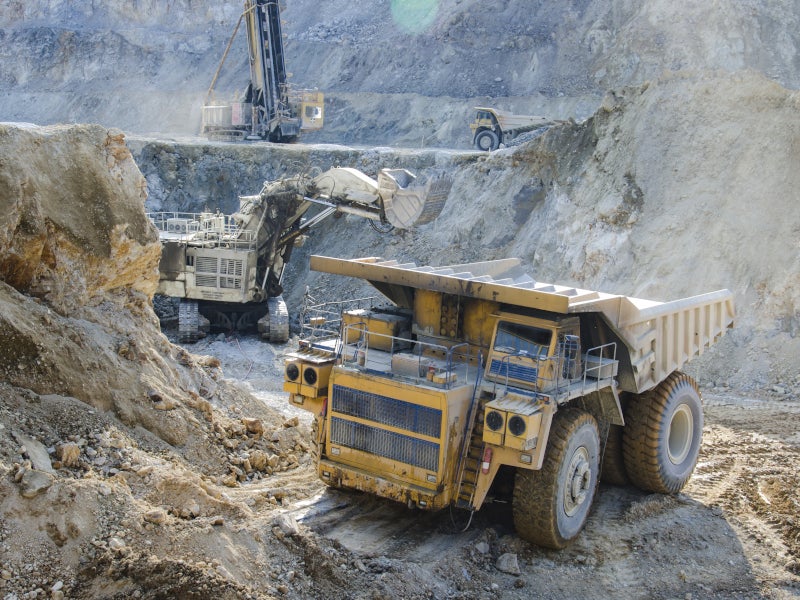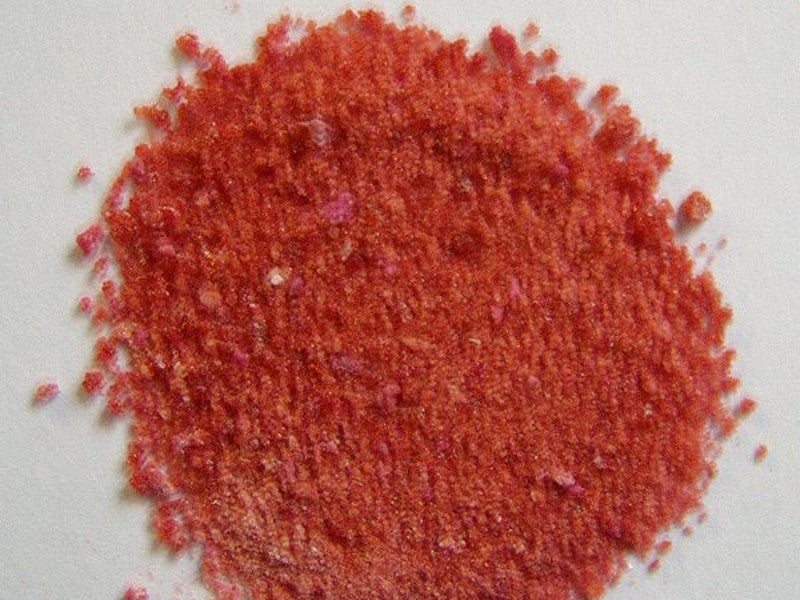The Broken Hill cobalt project, formerly known as the Thackaringa cobalt project, is located approximately 25km south-west of Broken Hill, in New South Wales, Australia. It is one of the biggest greenfield cobalt mines outside Africa.
Broken Hill Prospecting (BHPL), the previous owner of the project completed a scoping study in June 2017, followed by a preliminary feasibility study (PFS) that was completed in July 2018.
Cobalt Blue Holdings (COB) acquired 100% ownership in the project in January 2020 and released an updated PFS in July 2020.
Cobalt Blue also announced the results of metallurgical test works confirming the production viability of high-purity cobalt sulphate, elemental sulphur and mixed-hydroxide precipitate (MHP) from the pyrite samples of the deposit, in the same month.
The updated PFS predicts up to 3,600 tonnes per annum (tpa) of cobalt production over an estimated mine life of 17 years. The preproduction capital expenditure on the project is estimated to be approximate £312m (A$560m).
A final investment decision (FID) is expected after the completion of a bankable feasibility study (BFS) in the first half of 2022.
Project location and geology
The Broken Hill cobalt project area covers approximately 63km2 in western New South Wales, Australia. It comprises three major cobaltiferous pyrite deposits namely, Railway, Big Hill and Pyrite Hill.
The project site lies approximately 500km by road from Adelaide and approximately 400km by rail from the Port Pirie in the Spencer Gulf. The Port Pirie railway line runs adjacent to the property.
The Broken Hill cobalt deposits located within the Willyama Supergroup which is a deformed and metamorphosed Proterozoic supracrustal rock succession. The western half is composed of the ancient Adelaide Fold Belt basement rocks while the eastern half is composed of the younger Tasman Fold Belt.
Cobalt mineralisation and ore reserves at Broken Hill
The Broken Hill deposits are characterised by large tonnage cobaltiferous pyrite mineralisation hosted in quartz-albite gneiss.
The project was estimated to hold 71.8 million tonnes (Mt) of probable ore reserves grading 710 ppm cobalt and 7.6% sulphur as of July 2020.
The total measured, indicated and inferred resources are estimated to be 123Mt grading 660 ppm cobalt and 7.3% sulphur.
Mining plan for the Broken Hill cobalt project
The Pyrite Hill will be the first deposit to be extracted, while simultaneous mining of the Big Hill deposit is expected to be started from the second year of operation, followed by the start of mining of the Railway deposit in year five.
Ore extraction at each of the three deposits will be carried out through the conventional open-pit method involving drill, blast, load, haul and dump operations with the use of hydraulic excavators and rigid body trucks.
The run-of-the-mine (ROM) ore will be hauled to a nearby processing plant for the production of battery-grade cobalt products as well as other product.
The ore feed during the first half of the mine life is expected to average at 5.4Mtpa, which is expected to be increased to 6.3Mtpa during the latter part of the production life.
Ore processing
A metallurgical testing centre including a demonstration plant to test the processing technology for producing cobalt sulphate from the pyrite samples from the Broken Hill deposits is being developed at the project site. The demonstration plant is expected to produce the first cobalt product samples in 2021.
The proposed process flow calls for the crushing of the ROM ore to approximately 1mm size before passing through a gravity separator and a flotation circuit to recover a pyrite concentrate.
The obtained concentrate will then be thermally treated to produce artificial pyrrhotite (calcine) and elemental sulphur.
A low temperature and pressure autoclave will be used to leach the pyrrhotite and the leach residue will be removed via filtration. The residue will further be processed by remelting to recover sulphur.
The leach solution will undergo precipitation, ion-exchange, and solvent extraction to remove iron, copper, zinc and manganese. The cobalt and nickel deposited as a mixed-hydroxide precipitate (MHP) will be refined to produce high purity cobalt sulphate heptahydrate.
Infrastructure facilities
The project area is accessible from Broken Hill via the Barrier Highway, while the electricity will be supplied from the national grid through a new 20km-long power line from Broken Hill that will be constructed by Cobalt Blue.
The project will receive approximately 1.5 gigalitres (GL) of water supply from the new Murray River to Broken Hill pipeline.
The project also involves the construction of a rail siding adjacent to the existing Broken Hill-Peterborough rail line.
Consultants and off-take partners
Australian Mine Design & Development (AMDAD) provided the ore reserve estimate in July 2020, while SRK Consulting provided the mineral resource estimate for the project in April 2019.
Cobalt Blue, in March 2018, entered into a first-mover strategic partnership agreement with LG International (LGI), the resources investment arm of LG Corporation that operates in cooperation with LG Chem, one of the world’s leading lithium-ion battery makers.
LGI agreed to provide capital and technical assistance to Cobalt Blue for making a high-purity battery-grade cobalt sulphate product which it can off-take under a long-term supply agreement.
Cobalt Blue also entered into an agreement with Mitsubishi Corporation for the marketing trial of elemental sulphur in May 2019.





